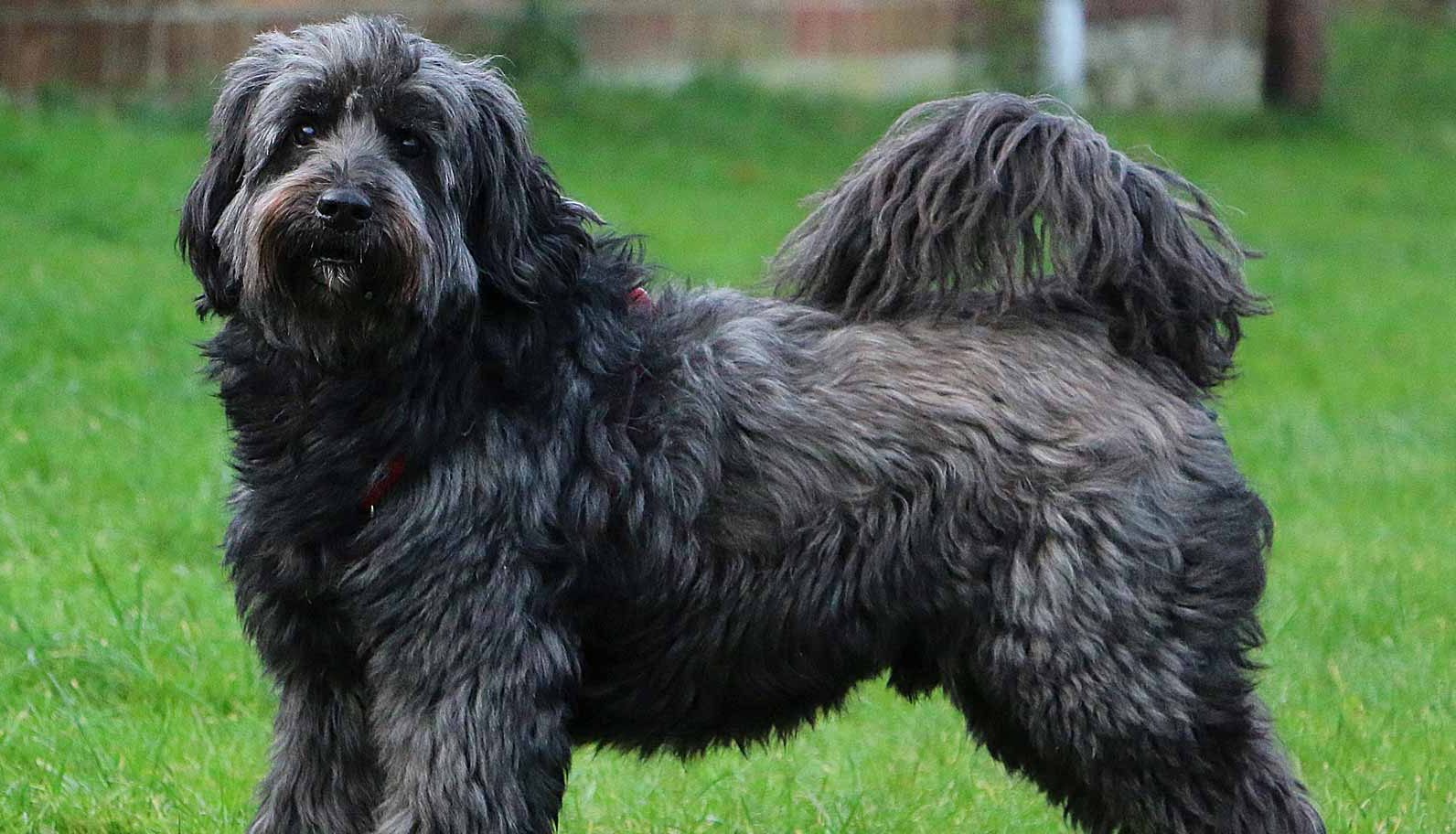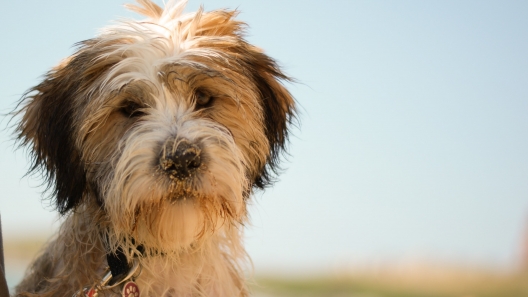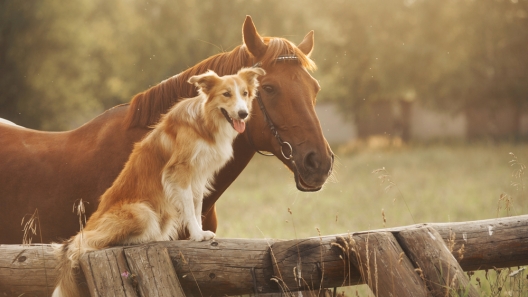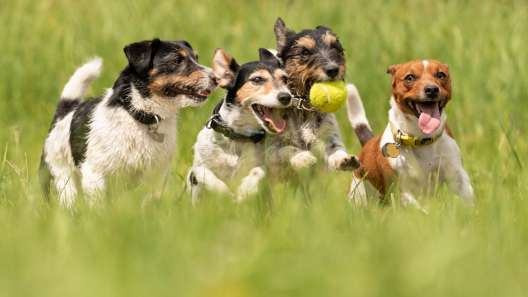-
Activity Level:
high
-
Shedding Level:
moderate
-
Grooming Level:
high
-
Trainability:
moderate
-
Good for Novice Owners:
moderate
-
Adaptability:
high
-
Kid/Pet Friendly:
often
-
Prey Drive:
low
-
Watchdog:
aware
- Average Size: Small
- Average Lifespan: 12-16 years
- Registered?: aca, akc
Tibetan Terrier Dog Breed Information
Overview
Temperament
Adaptability
Health
Owner Experience
Grooming
Activity Level
Size
Life Span
Did You Know?
As their name suggests, the Tibetan Terrier originated in Tibet thousands of years ago. These dogs served several purposes in Tibet. Not only were they often kept as mascots, companions, and good luck charms, but Tibetan Terriers were also working dogs. They could often be found working as herding dogs, watchdogs, and for retrieving articles that fell down the sides of mountains.
One of the facts about Tibetan Terriers is that these dogs were so highly prized that they were considered the “Holy Dogs of Tibet”. With this elevated status, the dog breed was never sold – they were only gifted by monks. Although they are called a terrier, they are not a member of the Terrier Group. They acquired the terrier name from European travelers to the region who thought they resembled other known terrier breeds.
An English doctor who performed a successful operation in Tibet received a Tibetan Terrier as a gift. She is credited with bringing the first dog of the breed to Europe in 1922. From there, the breed gained popularity. Tibetan Terriers first came to the United States in 1956, and the AKC recognized the Tibetan Terrier in 1973 as part of the Non-Sporting Group.
Tibetan Terriers are quintessential companion dogs that also happen to be skilled at working as well. Well-socialized, they tend to be amiable, affectionate, and friendly. They are sensitive souls that are in tune with their owners and are known to be a kid-friendly dog breed. Due to their smaller size, especially as puppies, they can be easily injured by accidental rough play and tend to be a better fit for families with older children.
Due to their watchdog background, they tend to be wary and suspicious of strangers, but are not known to be aggressive or shy towards them. Well-socialized Tibetan Terriers will bark to alert you and may be initially wary, but tend to warm up once introduced. They also have an assertive bark and will let you know when someone is coming onto the property, but they do not tend to bark excessively unless they have been trained into it.
This dog breed is highly adaptable. As long as they get enough exercise, attention, and mental stimulation every day, they are happy in apartments as well as larger homes with space to run. The Tibetan Terrier also does well in most climates. Their coat is built to keep them warm, so cold is generally not an issue. They even have flat, snowshoe-like feet perfect for negotiating snowy conditions, and are considered one of the dog breeds that love winter.
As with most dogs, they are sensitive to heat and to extreme temperatures. Although they have a working dog background, they are also sensitive companion dogs. So, they thrive on affection and time with their favorite humans. This also means that they don’t like to be left alone for long periods of time.
Some potential health concerns to be aware of in Tibetan Terriers can include patellar luxation, hip dysplasia, cataracts, thyroid issues, progressive retinal atrophy, and heart murmurs. They may also have allergies to wheat, grains, and dairy. Good breeding practices and the health of the parents make a big difference in the health of Tibetan Terrier puppies.
Reputable breeders will screen their dogs to make sure they are not passing preventable issues to puppies. Make sure you talk to the breeder about their breeding practices and the health and genetic history of the parents. You can also ask to see relevant health clearances and tests that have been done.
The Tibetan Terrier Club of America, Inc. recommends BAER testing; DNA tests for Neuronal Ceroid Lipofuscinosis (NCL), progressive retinal atrophy (PRA3 and PRA-rcd4), and primary lens luxation (PLL); a hip evaluation; an ophthalmologist evaluation; and patella evaluation.
There is some evidence that early spaying and neutering can predispose dogs to joint issues. A Tibetan Terrier breeder may request that puppies reach maturity first before spaying or neutering because of this. Similar to other dogs as they age, senior Tibetan Terriers may develop cataracts, geriatric heart murmurs, cancer, and vestibular disease.
Tibetan Terriers are highly intelligent and eager to please their owners, but they are also determined, can have a stubborn streak, and are bored easily. For the most part, Tibetan Terriers are easy to train and respond best to positive training methods that focus on praise and rewards. They also tend to respond well to clicker-training methods. They do not respond well to too much repetition or harsh tones or methods.
A potential stubborn streak could trip up first-time dog owners, especially while they are still trying to build a bond with their dog, but puppy training and obedience classes can help. These little dogs want to bond with their owners in a way that encourages mutual cooperation, respect, and trust. They like to do things that allow them to contribute and work closely with their owner, which makes them a good fit for several dog sports.
Tibetan Terriers are one of the fluffiest dog breeds and have a double coat. The undercoat is dense, wooly, moisture-resistant, and insulating, while the topcoat is longer, finer, and resembles the texture of human hair. These dogs also do not shed like most other dogs. Instead, they tend to “lose” loose hair in the same ways humans do, which means they shed a little year-round and heavily during seasonal shedding.
They do have a major shedding event at around nine months old as they transition into their adult coat. Their fur also has a long growth cycle and will continue to grow into a long coat if not trimmed. If you want to keep your Tibetan Terrier in a shorter clip, they will need an occasional trim. If you would rather they keep a longer clip, then they will need professional grooming every 4-6 weeks to keep their coat healthy and maintained. Their coat is also prone to tangles, which can lead to painful matting if not cared for properly.
Brushing your Tibetan Terrier a few times a week or every day will help keep their fur tangle-free and prevent mats from forming. Individual dogs can vary, and some can be more or less prone to matting. In addition to coat care, you will also need to care for your Tibetan Terrier’s ears, nails, and teeth. If you’re making frequent trips to the groomer, they can help you with some of this, but you’ll still need to take care of it yourself between visits.
Regularly checking your dog’s ears weekly and carefully cleaning them as needed can help prevent ear infections. Once to twice monthly nail trimming is usually sufficient to keep your dog’s nails from getting too long. Proper dental care for dogs can help prevent painful dental diseases, like gum disease, tooth decay, and tooth loss. Brushing your dog’s teeth or using an enzyme toothpaste every day, in addition to cleanings at the vet when needed, is ideal for doggie dental care.
The Tibetan Terrier ranges from moderate to high energy. They enjoy daily walks, plenty of time with their owners, and some extra time to run, play, or work. Individual dogs can vary; often, a Tibetan Terrier will match your activity level.
They’ll often be up for more if it means getting to spend more time with you doing something together. Since they are sturdy little dogs, they may also enjoy hiking with you. Tibetan Terriers also tend to be great candidates for dog sports like agility, rally, obedience, flyball, tracking, and more. Just make sure to keep activities low-impact until puppies finish growing to avoid damaging developing bones and joints.
A fully-grown Tibetan Terrier usually stands 14-17 inches tall at the shoulder and weighs 18-30 pounds on average. Females can be a little smaller than the average.
A Tibetan Terrier generally lives for 15-16 years on average.
The Tibetan name for this dog breed is Tsang Apso. A rough translation of this refers to a shaggy, bearded dog from the Tsang province. The Lhasa Apso is considered their smaller cousin.









